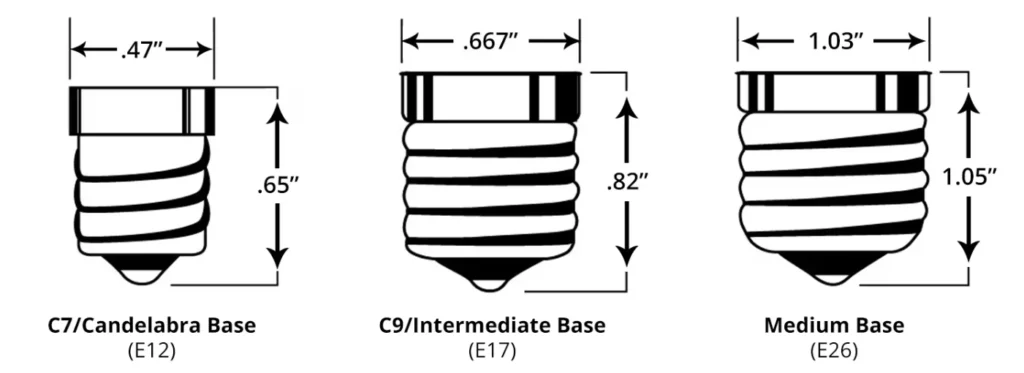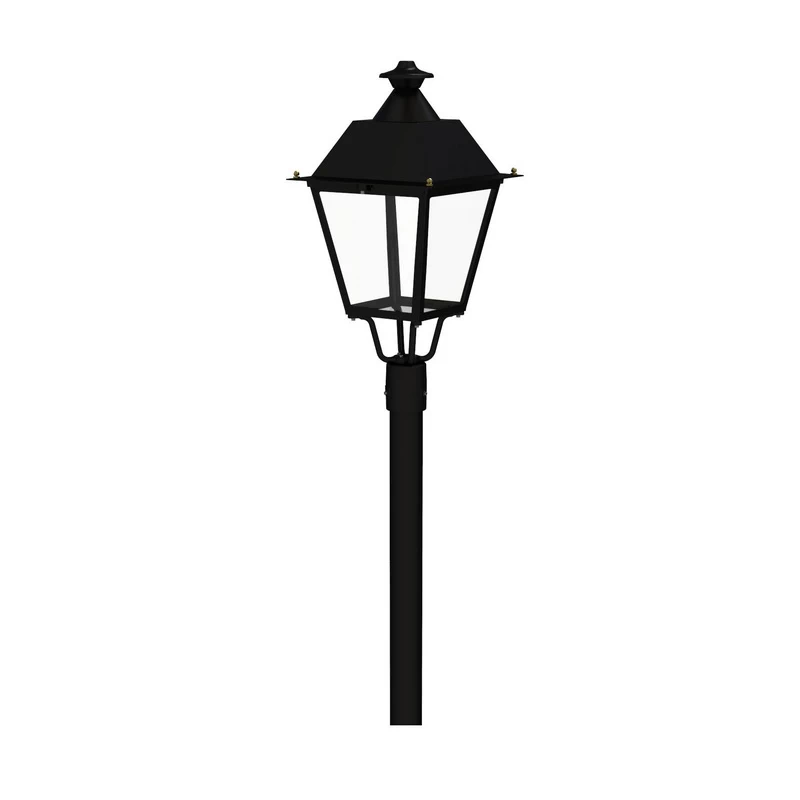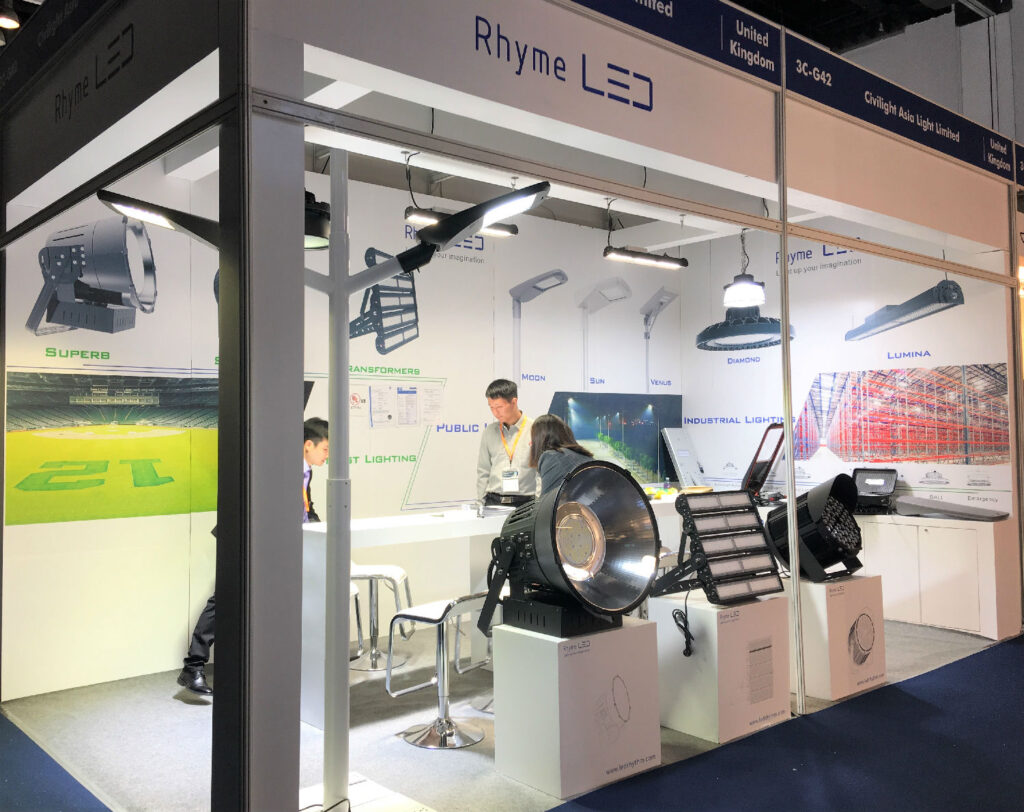Índice
AlternarBase de lâmpada padrão
Para uma iluminação eficaz, é essencial escolher os tipos de casquilho de lâmpada adequados, compreender os tamanhos de casquilho de lâmpada e reconhecer as melhores lâmpadas E12. Este artigo explora uma variedade de lâmpadas, como as lâmpadas de candelabro, as lâmpadas de casquilho e26 e as lâmpadas com pinos, desde pequenas alternativas de casquilho de baioneta a lâmpadas de tipo A. Examine contrastes como as lâmpadas br30 vs. br40 e A19 vs. A21 e conheça os produtos de iluminação de ponta da LedRhythm para uma eficiência energética óptima.

O que é um casquilho de lâmpada normal?


Não existe uma norma global única e unificada, mas diferentes regiões têm as suas próprias "normas principais". Ao comprar, dê prioridade às normas locais.
| Região | Tipos de base preferidos |
|---|---|
| China continental | E27, E14, GU10 |
| Estados Unidos | E26, E12, GU24 |
| Europa | E27, E14, G9 |
| Reino Unido | B22, E27 |

Quais são os tipos e tamanhos de casquilhos de lâmpadas normais?
| Tipo de base | Código | Descrição | Dimensão-chave | Aplicações comuns |
|---|---|---|---|---|
| Parafuso | E27 | Parafuso standard | Diâmetro exterior ≈ 27mm | Lâmpadas de uso doméstico geral (sala de estar, quarto) |
| E14 | Parafuso pequeno | Diâmetro exterior ≈ 14mm | Lâmpadas decorativas, lâmpadas de frigorífico, lâmpadas de cristal | |
| E40 | Parafuso industrial | Diâmetro exterior ≈ 40mm | Postes de iluminação pública, iluminação de fábricas, alta potência | |
| Baioneta | B22 | Baioneta standard | Diâmetro da base ≈ 22mm | Candeeiros de teto, acessórios tradicionais para casa |
| B15 | Mini baioneta | Diâmetro da base ≈ 15mm | Candeeiros de frigorífico, luzes de presença | |
| Bi-pino | GU10 | Pino duplo com fecho de torção | Espaçamento entre pinos ≈ 10mm | Projectores de 220V |
| GU5.3 | Pino duplo de baixa tensão | Espaçamento entre pinos ≈ 5,3 mm | Projectores de 12V (com transformador) | |
| G9 | Pino duplo de laço | Espaçamento entre pinos ≈ 9mm | Lustres, candeeiros de parede (LED) | |
| G4 | Micro pino duplo | Espaçamento entre pinos ≈ 4mm | Candeeiros de armário, lâmpadas pequenas (12V) | |
| Fluorescente | G13 | Bi-pino para tubo longo | Espaçamento entre pinos ≈ 13mm | Tubos fluorescentes T8/T10/T12 |
| G5 | Bi-pino para tubo fino | Espaçamento entre pinos ≈ 5mm | Tubos fluorescentes T5 | |
| Tipo especial | R7s | Linear de duas extremidades | Comprimento do tubo da lâmpada (78/118/254mm) | Projectores de halogéneo (palco, exterior) |

Tipos e tamanhos de casquilhos de lâmpadas incandescentes normais
As lâmpadas incandescentes não têm bases próprias; partilham o mesmo sistema de bases que as modernas lâmpadas LED. Bases como E27, B22 e GU10, populares na era das incandescentes, são totalmente compatíveis com as lâmpadas LED e continuam a ser as mais comuns no mercado atual.
Portanto, casquilho incandescente = casquilho standard moderno de uma lâmpada eléctrica, e os tamanhos são os mesmos. Por exemplo, E27, B22, E14, E40, GU10 e B15.
Compreender as lâmpadas pequenas e as lâmpadas E12
O que é uma lâmpada E12?
A lâmpada com casquilho de candelabro, também designada por lâmpada E12, tem um pequeno casquilho de enroscar que a torna perfeita para luzes ornamentais, candelabros e pequenas lâmpadas.
- Significado do nome
"E": significa parafuso Edison; "12": diâmetro da rosca ≈ 12 mm. Vulgarmente conhecido como: Parafuso de candelabro, parafuso pequeno (mais pequeno do que E14). - Caraterísticas físicas: Roscas finas e design compacto
E12 vs. E14: O diâmetro da rosca é 2 mm mais pequeno; E12 vs. E26: O diâmetro da rosca é apenas metade do da E26. A base da lâmpada é feita de metal e o isolamento é normalmente de cerâmica ou de plástico resistente a altas temperaturas.

Porque é que as pessoas gostam de lâmpadas pequenas?
Para aplicações que necessitam de uma iluminação pequena mas eficiente, as lâmpadas pequenas, como as lâmpadas de tipo B e as lâmpadas C7, são perfeitas. Entre os exemplos estão:
- Lâmpadas LED C7 para iluminação ornamental
- Lâmpadas E17 para aparelhos intermédios
- Lâmpadas B10 para candelabros
Tipos de lâmpadas e tamanhos de casquilhos
Estão disponíveis diferentes tipos de lâmpadas, cada uma delas adequada a uma determinada necessidade de iluminação:
| Tipo de lâmpada | Tamanho da base | Caso de utilização |
|---|---|---|
| Lâmpada tipo A | Lâmpada com casquilho E26 | Iluminação doméstica standard |
| Lâmpada tipo B | Lâmpada E12 | Luminárias decorativas e candelabros |
| Lâmpada BR30 | Base média E26 | Iluminação embutida |
| Lâmpada G25 | Tamanho da base do candelabro | Luminárias de globo e candeeiros de toucador |
| Lâmpada T10 | Tomada E12 | Luzes e aparelhos especiais |
Tabela de comparação E12 vs E26
| Caraterística | Base E12 | Base E26 | Compatibilidade |
|---|---|---|---|
| Nome comum | Parafuso de candelabro | Parafuso médio | Não compatível |
| Diâmetro da rosca | 12 mm | 26 mm | 14 mm de diferença |
| Aplicação típica | Luzes decorativas, lâmpadas de cristal, luzes de fio | Iluminação da casa principal (sala de estar, quarto) | Objectivos completamente diferentes |
| Potência comum | LED 1-5W (equivalente a 15-40W incandescente) | LED 6-15W (equivalente a 40-100W incandescente) | A E12 tem uma potência inferior |
| Tensão nominal | 120V (América do Norte); necessita de adaptador para regiões de 220V | 120V (América do Norte), 220V (versões globais disponíveis) | Diferentes requisitos de tensão |
| Forma da lâmpada | Slim (Ponta de chama F15 / Bala CA10) | Volumoso (formato de lâmpada padrão A19 / A21) | Diferença de tamanho significativa |
| Instalação típica | Várias lâmpadas por aparelho (6-24 casquilhos) | 1-2 lâmpadas por luminária | Lógica de conceção diferente |
Tabela de comparação E12 vs B11
| Caraterística | Base E12 | Código B11 | Diferença essencial |
|---|---|---|---|
| Definição | Tipo de base (casquilho de rosca) | Forma da lâmpada (não uma base!) | Categorias completamente diferentes |
| Atributo físico | Parafuso metálico (12 mm de diâmetro) | Diâmetro do bolbo de vidro ≈ 3,5″ (89 mm) | Especificações não relacionadas |
| Combinações comuns |
- Casquilho E12 + lâmpada de chama B10 - Base E12 + lâmpada globo B11 |
A lâmpada B11 pode ser adaptada a E26 / E12 e outros casquilhos | B11 refere-se ao código da forma da lâmpada |
| Exemplo de aplicação | Base E12 + lâmpadas decorativas | Por exemplo, a BR30 é uma forma, pode adaptar-se à base E26 | A forma e a base são independentes |
| Mal-entendidos comuns | Muitas vezes confundido com uma forma | Correto: B11 indica a largura da lâmpada | Nomeação facilmente confundível |
Compreender os padrões do casquilho de lâmpada
qual é o tamanho normal de um casquilho de lâmpada?
Um "casquilho de lâmpada normalizado" refere-se ao conetor de uma lâmpada utilizado para fixar e alimentar um aparelho de iluminação. As suas dimensões devem corresponder rigorosamente ao casquilho da lâmpada. Como não existe uma norma global, o tamanho do casquilho é determinado pelo tipo de casquilho em que se encaixa.
Por conseguinte, os tipos de casquilhos de lâmpadas normais correspondem aos tipos de casquilhos de lâmpadas. Por exemplo:
- Série E: Os casquilhos das lâmpadas E27, E14, E40 e E12 correspondem a bases.
- Série B: Os casquilhos de lâmpadas B22, B15 e BA15d correspondem a bases.
- Série G/GU: GU10, GU5.3, G9 e G4.

Tipos importantes de lâmpadas
Lâmpada Tipo A vs Tipo B
- Lâmpadas de tipo A: Muitas vezes designadas por lâmpadas A19 e A15, estas lâmpadas são utilizadas em candeeiros de teto e candeeiros de mesa.
- Lâmpadas de tipo B: Perfeitas para lustres, estas lâmpadas finas, em forma de torpedo, assemelham-se às lâmpadas B10 e B11.
Principais diferenças: As lâmpadas do tipo A utilizam frequentemente casquilhos E26, mas as lâmpadas do tipo B têm um casquilho mais pequeno, semelhante ao E12.
Lâmpadas de candelabro
A lâmpada Candelabro é uma lâmpada de iluminação decorativa concebida para lustres, candeeiros de parede e luzes retro. O seu nome deve-se ao facto de ter a forma de uma vela.
- Aspeto: Alongado, tubular, muitas vezes com um topo em forma de chama, pontiagudo ou ondulado, simulando a combustão de uma vela.
- Tamanho da base do candelabro: América do Norte: E12 (rosca de 12 mm); Europa/China: E14 (rosca de 14 mm) ou baioneta B15.
As lâmpadas com casquilho de candelabro, como as lâmpadas de lustre E12 e as lâmpadas C7, são feitas para instalações mais pequenas e ornamentais. Entre as opções estão:
- Lâmpadas B10 e lâmpadas de substituição C7
- Lâmpadas incandescentes E12
- Lâmpadas LED E12 para eficiência energética
Seleção das lâmpadas adequadas para utilizações específicas
Aplicações interiores
As lâmpadas A19, as lâmpadas BR30 e as lâmpadas R20 são normalmente utilizadas para iluminação interior. Poderão ser necessários alguns acessórios:
- Lâmpadas para ventoinhas de teto: Os tamanhos típicos incluem lâmpadas com casquilho E12 ou lâmpadas A15.
- Lâmpadas de 3 vias: Ideal para candeeiros de mesa com luzes reguláveis.
- Lâmpadas de electrodomésticos: Lâmpadas pequenas como as lâmpadas T10.
Aplicações exteriores
As lâmpadas A19, as lâmpadas BR30 e as lâmpadas R20 são normalmente utilizadas para iluminação interior. Poderão ser necessários alguns acessórios:
- Lâmpadas para ventoinhas de teto: Os tamanhos típicos incluem lâmpadas com casquilho E12 ou lâmpadas A15.
- Lâmpadas de 3 vias: Ideal para candeeiros de mesa com luzes reguláveis.
- Lâmpadas de electrodomésticos: Lâmpadas pequenas como as lâmpadas T10.

Resumo: Selecionar os tipos adequados de base de lâmpadas
Ao escolher um tipo de lâmpada, comece por ver a interface da lâmpada e, em seguida, combine rapidamente o tipo de base de acordo com a região e a finalidade.
Dicas rápidas:
- Para parafusos grossos, escolher E27/E26
- Para parafusos finos, escolher E14/E12
- Para lâmpadas de encaixe, procure G ou GU
- Para as casas britânicas, lembre-se de ter B22
As pessoas também perguntam
Como é que as lâmpadas E12 e E26 diferem umas das outras?
A lâmpada com casquilho E26 é típica para instalações residenciais, enquanto a lâmpada E12 tem um casquilho mais pequeno.
- E12 (parafuso pequeno): Com cerca de 12 mm de diâmetro, é normalmente utilizado em pequenas lâmpadas como candelabros, luzes de presença e luzes decorativas.
- E26 (parafuso médio): Com cerca de 26 mm de diâmetro, esta é a tomada de luz padrão mais comum na América do Norte e é utilizada em iluminação doméstica, candeeiros de teto, candeeiros de mesa e outras luzes convencionais.
Em termos simples, a E12 é muito mais pequena do que a E26 e é utilizada para luzes decorativas de baixa potência; a E26 é a norma para as lâmpadas domésticas nos Estados Unidos.
Lâmpadas com casquilho de candelabro: O que são?
As lâmpadas de candelabro utilizam o tamanho de casquilho E12, que é utilizado para iluminação ornamental e candelabros.
Uma lâmpada tipo B: O que é?
- Uma lâmpada de tipo B é uma designação para uma forma de lâmpada, normalmente encontrada em dispositivos de iluminação decorativos.
- É frequentemente combinado com uma lâmpada E12 (casquilho de candelabro); é utilizado em candeeiros suspensos, arandelas de parede, candelabros, luzes de espelho e muito mais.
Resumindo, uma lâmpada de Tipo B refere-se à forma da lâmpada e não ao tamanho da rosca. É frequentemente utilizada em aplicações em que a aparência é uma prioridade.
O que são tamanhos de base de lâmpada R20?
A lâmpada R20 é uma lâmpada reflectora comum com um tipo de base comum de E26. É utilizada principalmente para luzes de teto, downlights embutidos, iluminação local, etc.
Qual é a diferença entre os casquilhos das lâmpadas E12 e E14?
- E12: Uma pequena lâmpada de rosca utilizada na América do Norte, com um diâmetro de 12 mm e uma tensão comum de 120 V. As lâmpadas compatíveis incluem B10, B11 e C7.
- E14: Uma pequena lâmpada de rosca utilizada nos mercados europeu e asiático, com um diâmetro de 14 mm e uma tensão comum de 220 V. As lâmpadas compatíveis incluem a B35 e a C35.
Estas duas lâmpadas têm um aspeto semelhante, mas não são intermutáveis devido aos diferentes diâmetros dos parafusos e tensões de funcionamento.
O que significa e12 numa lâmpada?
A designação E12 numa lâmpada indica um casquilho de rosca com um diâmetro de 12 mm.
E12 refere-se apenas ao tamanho do parafuso e não indica a potência, o brilho ou a forma da lâmpada. Ao instalar, certifique-se de que a base da luminária também é E12 para garantir a compatibilidade.








